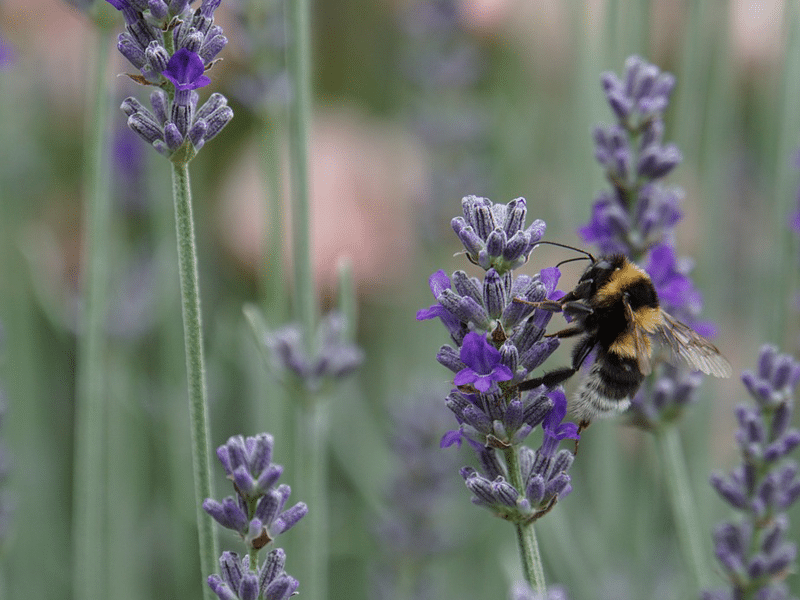Another word that has entered into our routine vocabulary in the past two decades is “biodiversity,” concurrent with global warming/climate change. We all recognize the poster child, the polar bear, whose life is threatened with the thinning and melting of sea ice. Another is the decline of monarch butterflies due to the scarcity of milkweed, their preferred feed on their migrations to/from the north down to Mexico to winter over.
Climate change and global warming threatens the mass extinction of many species of plants and animals, especially ocean life. There are those who would scoff at the idea that we cause extinction threat, pointing out the end of the dinosaur era as the best example, which science has mainly shown to be a natural (i.e. God-made?) example. But in millennia since, it is not God, but man who has been chiefly responsible for species extinction, through habitat destruction and overuse of resources. The elimination of the iconic marsupial carnivore, the thylacine in Tasmania, eradicated by the sheep herder homesteaders in the last century, is a good example. We in America did in the passenger pigeon, and almost put an end to our national bird, the bald eagle, and the American bison (buffalo) in the guise of eliminating the indigenous peoples who relied on the buffalo for all their needs.
Maintaining biodiversity is important throughout the world. Birds, insects, and butterflies pollinate our fruits and vegetables. Fish and animals feed the world’s peoples. Scientists are discovering new secrets to health in animals that exist in their DNA—peculiar resistance to viruses and diseases whose analysis may identify remedies to diseases in human life. Even the most “marginal” creatures may harbor useful information to better life in planet earth. And we can say, as Christians, that it is in God’s plan for us to continue to make these discoveries.
The bottom line of conservation and maintaining biodiversity is: all living beings are God’s creation, which we need to maintain.
Dave Neff, Earth Care Leader

